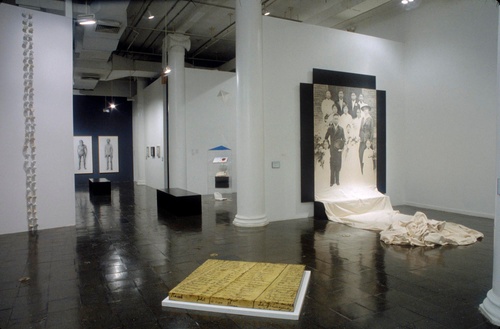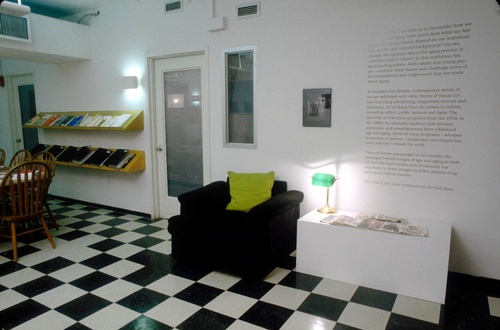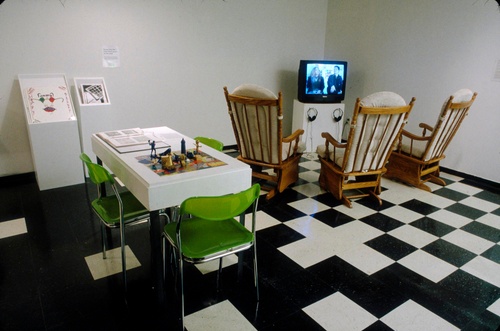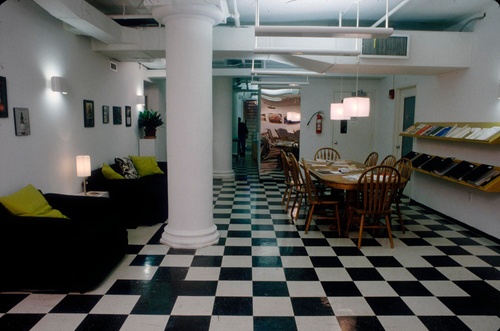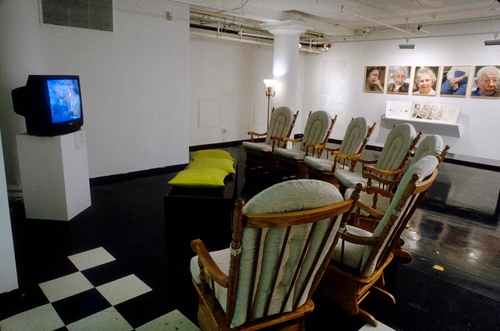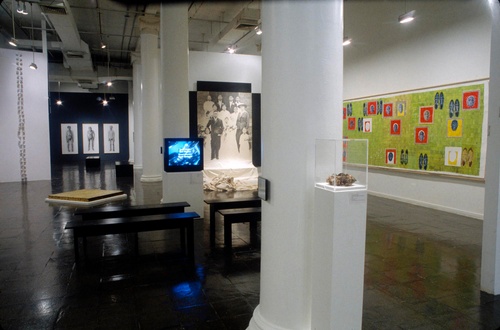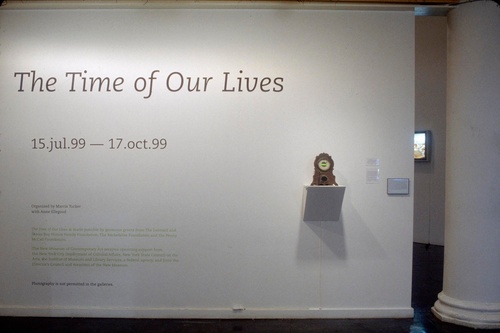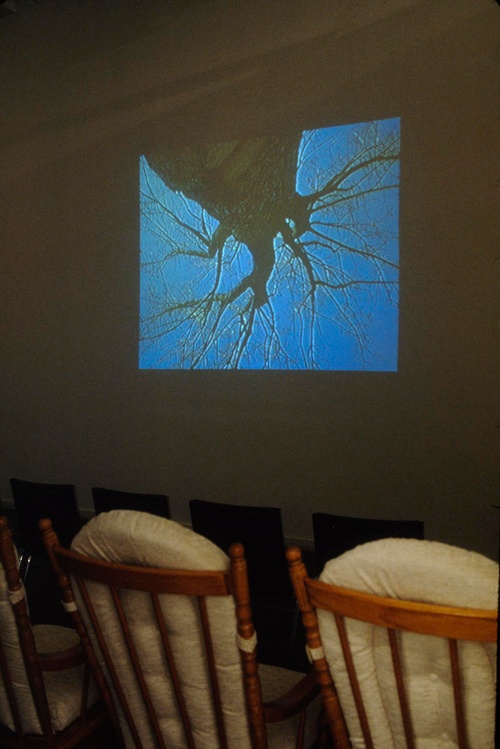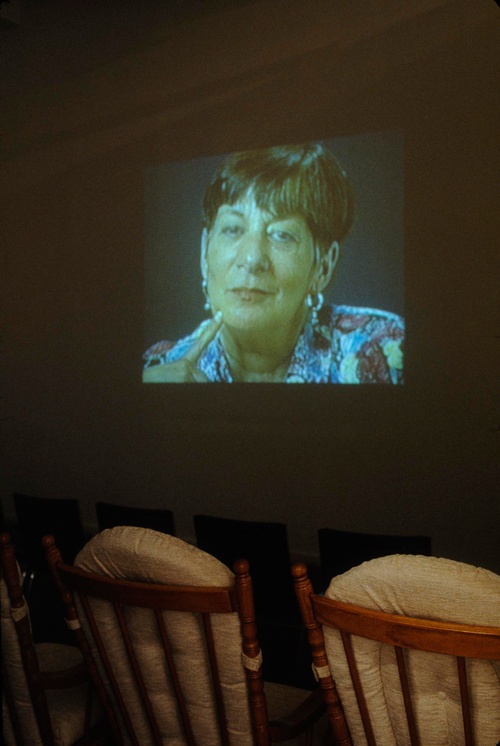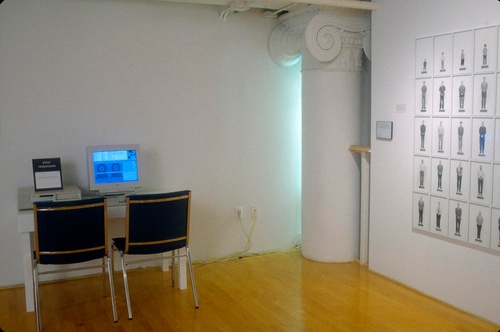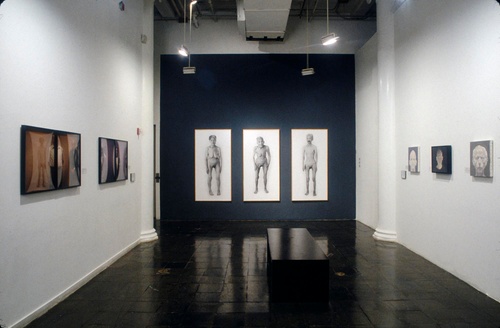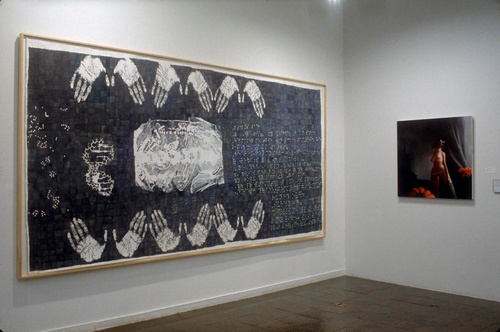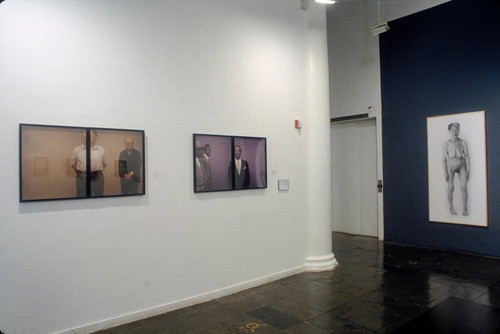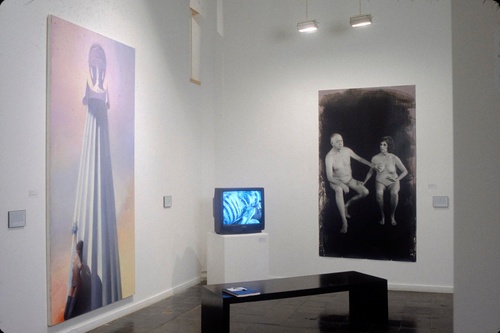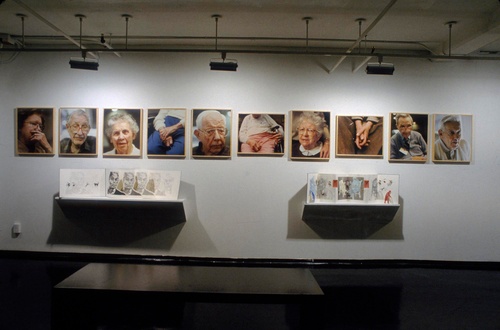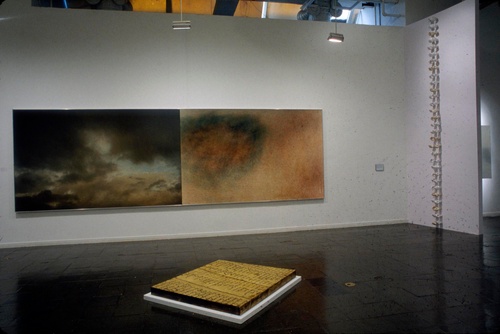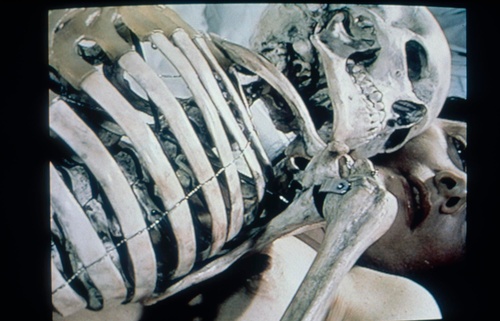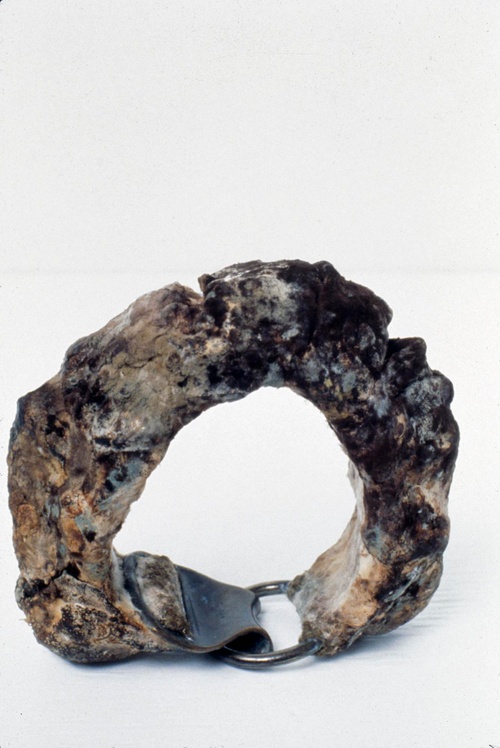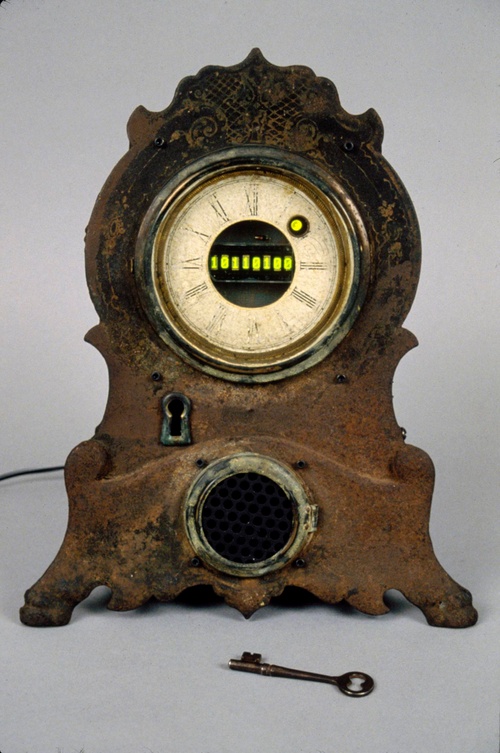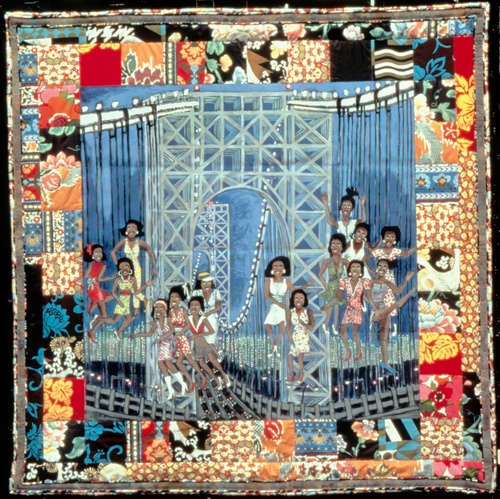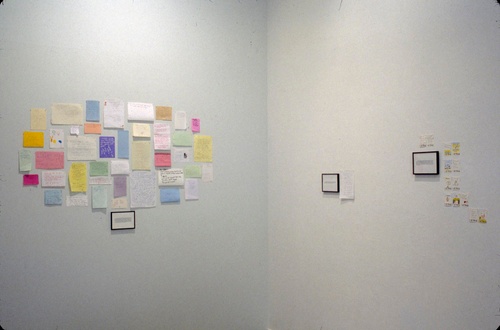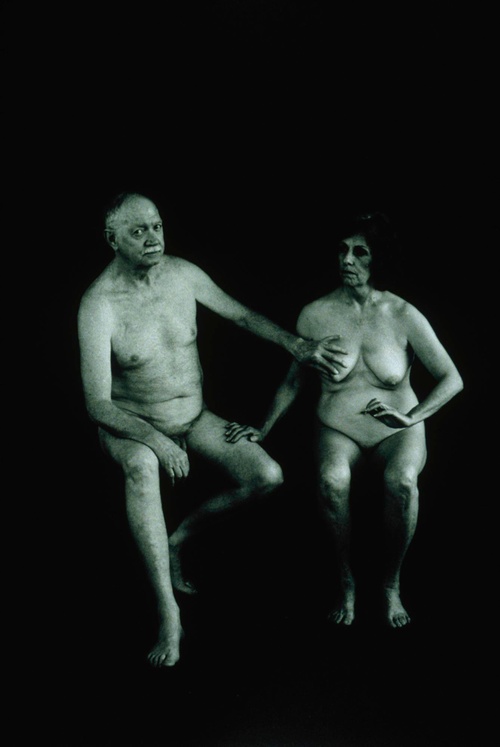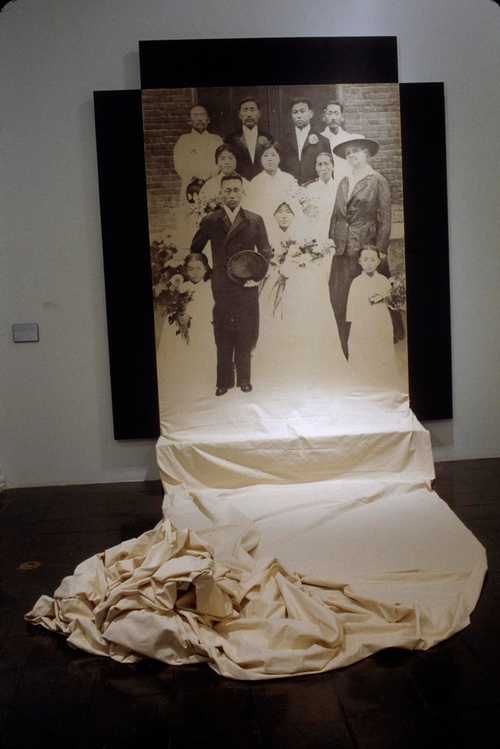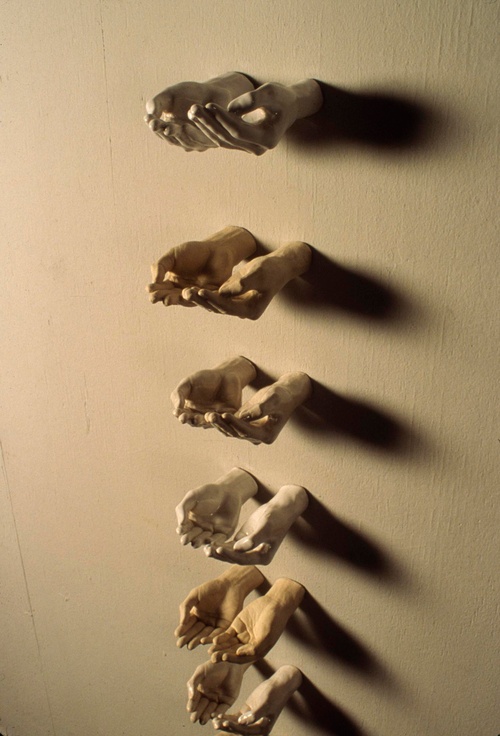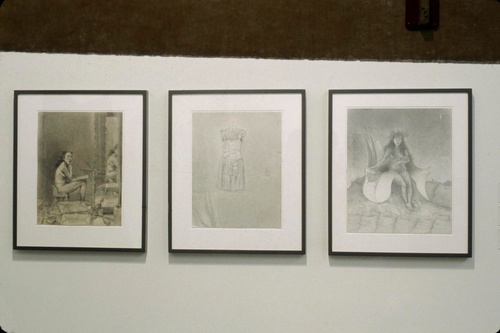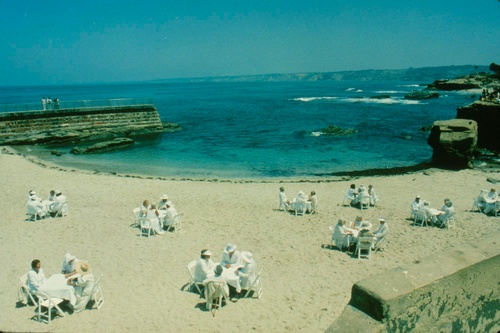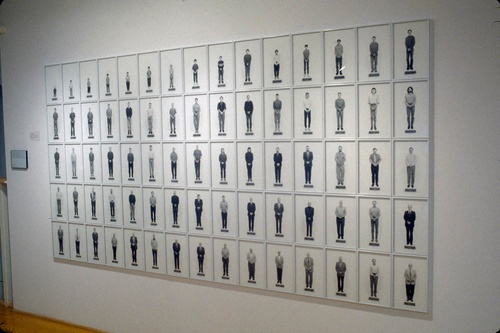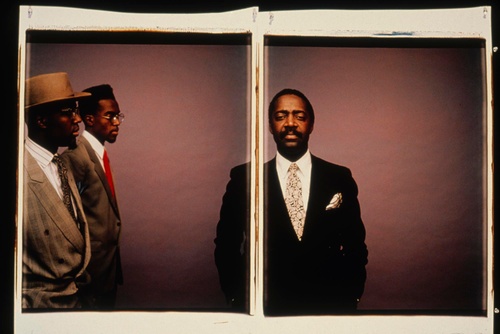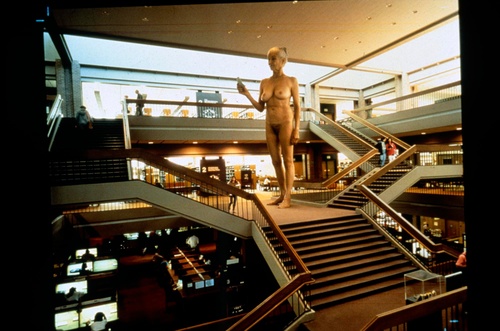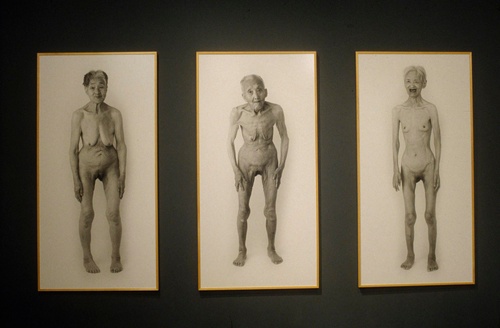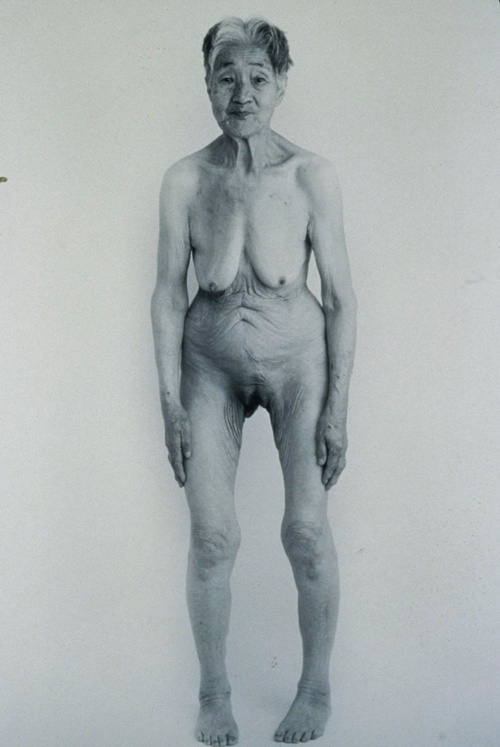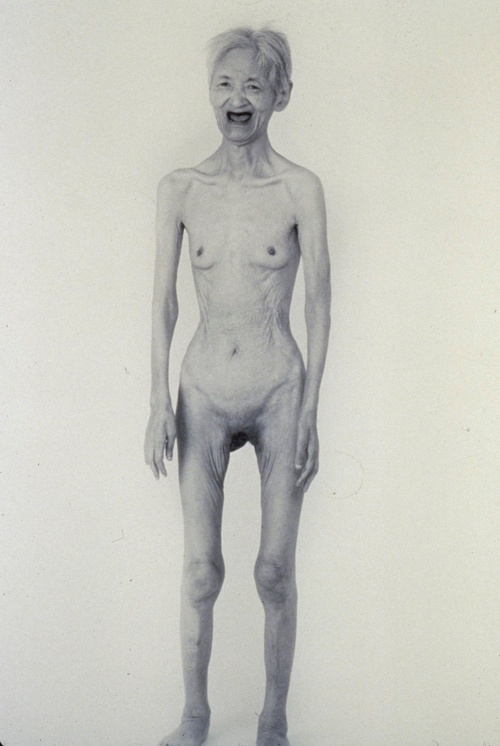The Time of Our Lives
The Time of Our Lives
Exhibitions
The Time of Our Lives
July 15 – October 17 1999
“Age is a terminal disease. First you get decrepit. Your face looks like a road map with no ‘scenic views.’ Your body parts have all headed south where it’s anything but sunny….You’ve given up sex decades ago because you wouldn’t want anyone to see your body….You can’t sleep except during dinner parties….You drive very, very slowly, and badly.”
Sound familiar? If so, it’s because you probably read newspapers and magazines, watch TV, and go to the movies. Many of us spend our youth longing to be older and look older, but we are soon encouraged to desire the reverse. The media routinely presents aging as a decline, something undesirable, a disease for which we continually seek a cure. In this view, older people are frail, stubborn, needy, old-fashioned, miserly, or prudish.
But how much of this is true? Many elders feel that the reality of aging is quite different from what society leads them to believe. People of all ages feel that this “reality” doesn’t apply to many, if not most, of the older people they know personally. And not all young people take these definitions of aging for granted.
Time of Our Lives confronts widespread stereotypes about aging as a narrative of decline and offers alternative images and models of the process. The exhibition grew out of a conviction that the conventional negative view of aging fails to take into account a wide variety of cultural, sociological, physical, and spiritual experiences. In the West, we’re obsessed with chronological age. Almost invariably in newspaper articles, when someone is mentioned by name, his or her age is provided regardless of its relevance. This obsession with chronological age is by no means universal; in other cultures, the passing of time is tracked differently–by the seasons, for example, or by rites of passage, such as marriage or childbirth. In some societies, elders, instead of being reviled, are revered for having attained an advanced state of awareness.
While one exhibition can’t cover all issues related to this enormous topic, the works explore such pertinent issues as the invisibility of the aging body, sexuality among older people, the impact of medical technology on reproduction and longevity, attempts to mask the physical signs of aging, life cycles and methods used to mark time, the fear of dying, cross-cultural attitudes toward elders, and intergenerational relationships. Painting, sculpture, installation, photography, film, video, and interactive artworks are integrated with a selection of materials from the commercial mass media of television, advertising, and music. All raise serious questions about representations and interpretations of aging–as does the fact that not all the work in the show is produced by adults.
High school students in the New Museum’s Visible Knowledge Program responded to the topic of the exhibition through a process of dialogue, reflection, and art making. Despite the emphasis of commercial mass media on youth, in our society young people are as marginalized as the “elderly.” This exhibition provides a rare opportunity for students’ views to be presented. Their contributions demonstrate that issues of aging and ageism are just as important to the young.
No matter what age you are now, you will be older by the time you leave this web site. No one is exempt from aging, and the issues illuminated by The Time of Our Lives are relevant to us all.
What do age and aging mean to you?
-Anne Barlow, Curator of Education
-Anne Ellegood, Curatorial Associate
Sound familiar? If so, it’s because you probably read newspapers and magazines, watch TV, and go to the movies. Many of us spend our youth longing to be older and look older, but we are soon encouraged to desire the reverse. The media routinely presents aging as a decline, something undesirable, a disease for which we continually seek a cure. In this view, older people are frail, stubborn, needy, old-fashioned, miserly, or prudish.
But how much of this is true? Many elders feel that the reality of aging is quite different from what society leads them to believe. People of all ages feel that this “reality” doesn’t apply to many, if not most, of the older people they know personally. And not all young people take these definitions of aging for granted.
Time of Our Lives confronts widespread stereotypes about aging as a narrative of decline and offers alternative images and models of the process. The exhibition grew out of a conviction that the conventional negative view of aging fails to take into account a wide variety of cultural, sociological, physical, and spiritual experiences. In the West, we’re obsessed with chronological age. Almost invariably in newspaper articles, when someone is mentioned by name, his or her age is provided regardless of its relevance. This obsession with chronological age is by no means universal; in other cultures, the passing of time is tracked differently–by the seasons, for example, or by rites of passage, such as marriage or childbirth. In some societies, elders, instead of being reviled, are revered for having attained an advanced state of awareness.
While one exhibition can’t cover all issues related to this enormous topic, the works explore such pertinent issues as the invisibility of the aging body, sexuality among older people, the impact of medical technology on reproduction and longevity, attempts to mask the physical signs of aging, life cycles and methods used to mark time, the fear of dying, cross-cultural attitudes toward elders, and intergenerational relationships. Painting, sculpture, installation, photography, film, video, and interactive artworks are integrated with a selection of materials from the commercial mass media of television, advertising, and music. All raise serious questions about representations and interpretations of aging–as does the fact that not all the work in the show is produced by adults.
High school students in the New Museum’s Visible Knowledge Program responded to the topic of the exhibition through a process of dialogue, reflection, and art making. Despite the emphasis of commercial mass media on youth, in our society young people are as marginalized as the “elderly.” This exhibition provides a rare opportunity for students’ views to be presented. Their contributions demonstrate that issues of aging and ageism are just as important to the young.
No matter what age you are now, you will be older by the time you leave this web site. No one is exempt from aging, and the issues illuminated by The Time of Our Lives are relevant to us all.
What do age and aging mean to you?
-Anne Barlow, Curator of Education
-Anne Ellegood, Curatorial Associate
July 15 – October 17 1999
